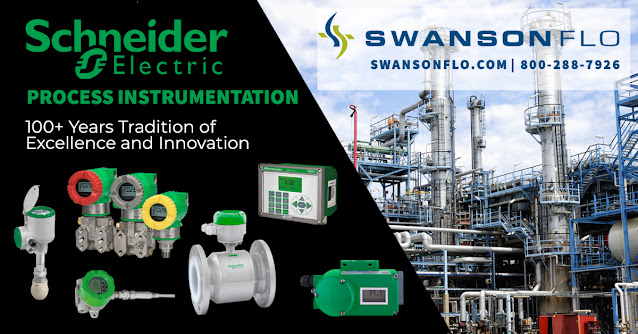A single innovative instrument can improve process control and the performance of any of your production assets, including personnel, equipment, energy use, and inventory. Using multiple systems can enhance the performance of all aspects of your business.
Schneider Electric's process instrumentation is combined with various industry-leading brands to produce systems, software, and services that significantly improve your operation's economic, safety, and environmental performance. Furthermore, deploying multiple advanced measurement systems will enhance the availability and utilization of all assets on which your success is dependent.
Foxboro / Schneider Electric Process Instrumentation has been at the forefront of developing numerous breakthrough measurement technologies for decades, including the first D/P cell, the dual-phase Digital Coriolis Mass Flowmeter, the PH10 and PH12 Smart pH sensors and the Magnetic Flowmeter.
Schneider Electric / Foxboro is the industry leader in performance across a wide range of measurement technologies:
- Pressure transmitters with the best-in-class accuracy and the industry's most extended warranties.
- Flowmeter technologies include: Magnetic, vortex shedding, and Coriolis provide an unrivaled solution for liquids, gases, and steam.
- Process analytical sensors are revolutionizing pH and conductivity measurement.
- Temperature transmitters that provide accurate and dependable measurements even in the most extreme conditions
- Level measurement devices, including buoyancy and radar, are available for various installation and application options.
- Wireless Instruments offers long-range wireless, WirelessHart Mesh network over the cloud dataloggers that are self-contained or battery-powered.
Process Instrumentation provides accurate, dependable measurement and analysis of pressure, flow, level, temperature, positioner, and process analytical variables for maximum integration and interoperability — all at competitive prices, low cost of ownership, and 24-hour worldwide support from a single source.
Swanson Flo
https://swansonflo.com
800-288-7926




